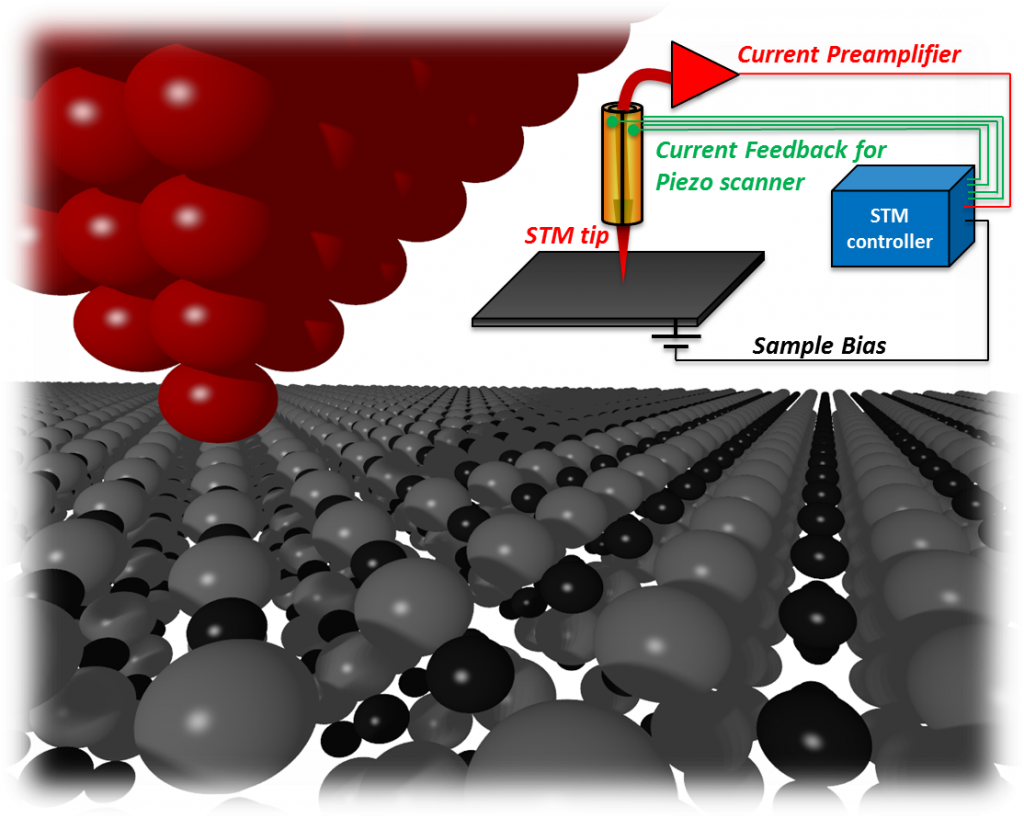Research
The da Silva Neto Lab focuses on experiments that investigate the electronic properties of quantum materials. These are materials that under special conditions develop exotic electronic quantum phases of matter, such as high‐temperature superconductivity, unusual forms of topological phases, and the spatial organization of their spin and charge degrees of freedom. One of the principal aspects of quantum materials is that organizational principles, rather than the specifics of their atomic constituents, give rise to their striking quantum phenomena. For example, in strongly correlated systems the interactions between relatively localized electrons are the key to understanding their physics, and they can be rendered in a multitude of materials, such as those containing actinide or rare‐earth atoms (e.g. U and Ce) with partially occupied f-orbitals, or in those containing d‐orbitals from transition metals (e.g. Cu and Fe). Overall, the exact manner in which electrons self‐organize in a material, leading to some of the most exciting phenomena in condensed matter physics today, embodies an exciting portion of the scientific frontier.

Schematic of an STM. A sharp metallic tip (red) is brought in close proximity (~1-5 Angstroms) to the material to be studied. Quantum tunneling of the electrons through the vacuum barrier, in tandem with a precise scanning motion of the tip above the surface, allows the electronic states to be visualized.
Our philosophy is to use a wide range of advanced spectroscopic techniques to study quantum materials. At UC Davis, we will develop the use of scanning tunneling microscopy and spectroscopy (STM/S) at sub-1K temperatures, and in high magnetic fields, to study the quantum states of electrons with sub-atomic resolution. At synchrotron facilities around the world, we perform high-precision resonant X-ray scattering (RXS) experiments to probe the structure of electrons within the solid. Using lower energy photons, also at synchrotrons, we complement the STM/S and RXS measurements with angle-resolved photoemission spectroscopy (ARPES).
For more details see the following review articles:
STM/S: A. Yazdani, E. H. da Silva Neto, and P. Aynajian – Spectroscopic imaging of strongly correlated electronic states. Annual Review of Condensed Matter Physics 7, 11-33 (2016).
RXS: J. Fink, E. Schierle, E. Weschke and J. Geck – Resonant elastic soft x-ray scattering. Reports on Progress in Physics, Volume 76, Number 5 (2013).
ARPES: Andrea Damascelli, Zahid Hussain, and Zhi-Xun Shen – Angle-resolved photoemission studies of the cuprate superconductors. Review of Modern Physics 75, 473 (2003).